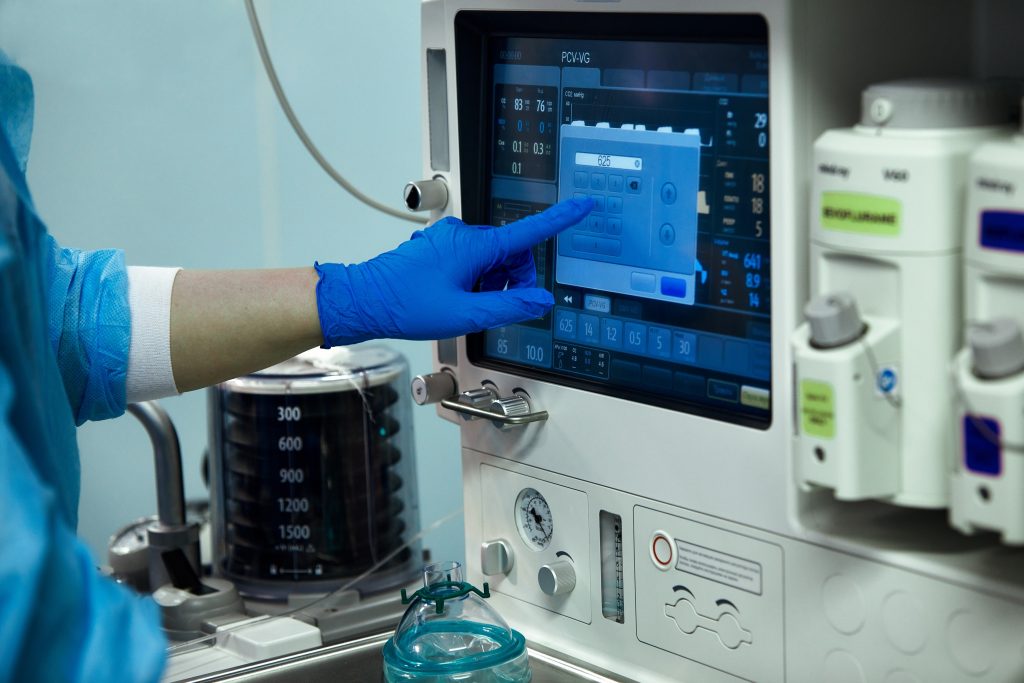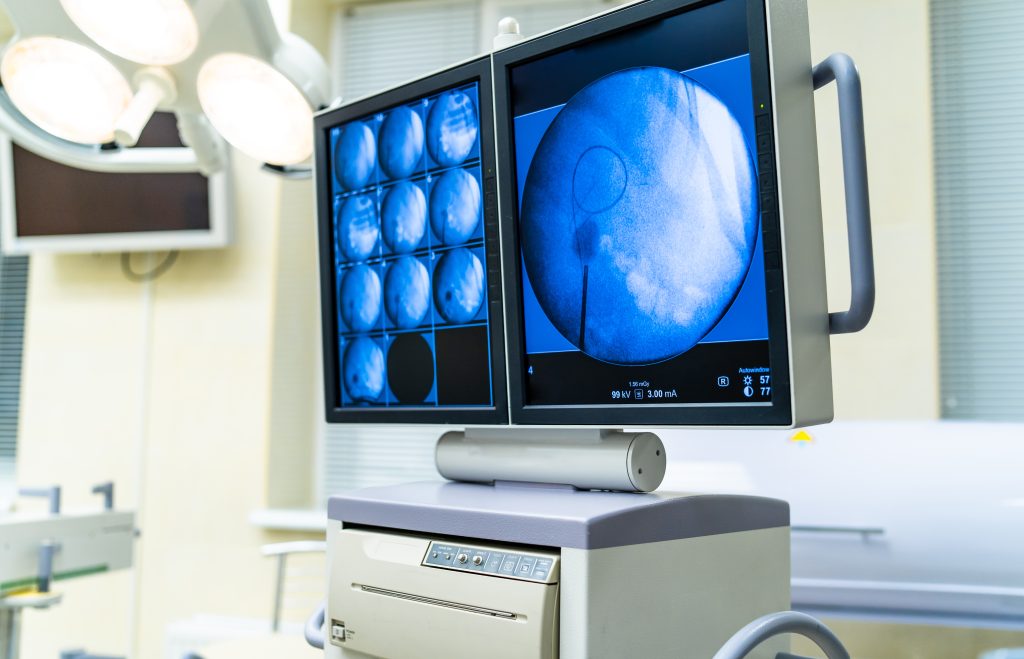A recent UKIPO decision, BL O/128/19, highlights a welcome harmonisation in the assessment of computer-implemented inventions involving user interface components at the UKIPO and EPO.
The patent application in question, GB1308715.0, describes a user interface for controlling a thermostat that is adjusted in dependence on changes in ambient temperature. Specifically, a heat increase setting is prioritised when ambient temperature decreases, and a heat decrease setting is prioritised when ambient temperature increases. The prioritisation involves adjusting an ordering of the settings on the user interface such that it is easier for the user to find what is likely to be the desired setting given the detected change in ambient temperature.
The Hearing Officer reasoned that “[t]he advantage of the invention is a reduction in the number of keystrokes that are needed by the user to navigate among the controllable attributes for the thermostat”, and on this basis decided that the contribution of the invention did not reside in an excluded field. Accordingly, an inventive step was deemed to be present and a patent was granted.
One suspects that a key component in the success of this application is the ability to directly link the operation of the user interface to a real world process, namely control of a thermostat. This ties in nicely with AT&T signpost 1, which explains that a factor in considering whether a computer-implemented invention makes an inventive contribution is “whether the claimed technical effect has a technical effect on a process which is carried on outside the computer”. (See page 4 of our 2018 Hearing Digest here for further discussion of the AT&T signposts).
This UKIPO decision illustrates a welcome parallel with current practice at the EPO, where a technical contribution (a prerequisite of inventive step) is acknowledged for user interfaces that provide mechanisms enabling user input. This is expressed in EPO Guidelines for Examination G-II, Section 3.7.1 which reads:
Features which specify a mechanism enabling user input, such as entering text, making a selection or submitting a command, are normally considered to make a technical contribution. For example, providing in a GUI an alternative graphical shortcut allowing the user to directly set different processing conditions, such as initiating a printing process and setting the number of copies to be printed by dragging and reciprocated movement of a document icon onto a printer icon, makes a technical contribution.
The take home message here is that, in both jurisdictions, it is highly beneficial to be able to directly link a user interface to a real world activity occurring outside of the data processing device hosting the user interface. It is also important to be able to credibly show that the user interface objectively results in an improvement such as reduced operating complexity, rather than this being obtainable only in dependence on subjective choices made by the user. Ideally, information supporting this should be included in a patent application from the start, as drafting the application with these factors in mind will likely increase the chance of such arguments being found credible by both the UKIPO and EPO. It is also encouraging to see this type of positive assessment from the UKIPO, as just a few years ago subject matter such as this would likely have been labelled as one or both of ‘a presentation of information’ and ‘a computer program as such’ and dismissed as inherently unpatentable.
If you wish to discuss this decision and what it might mean for your business or clients, please contact us via gje@gje.com.






